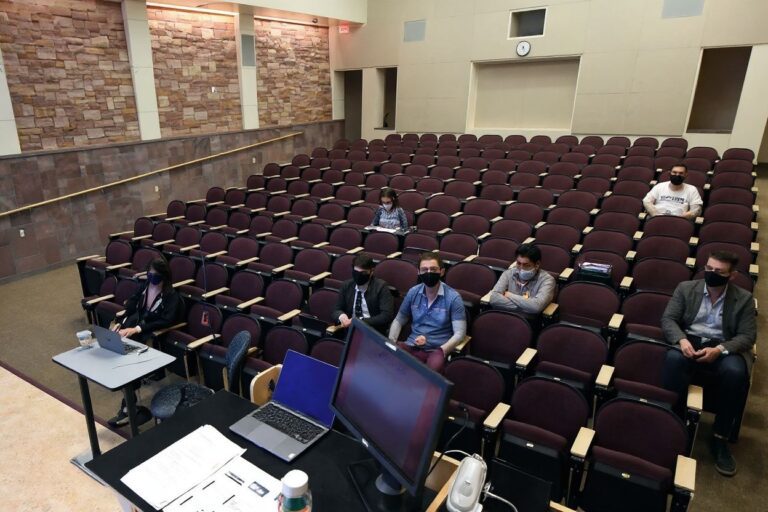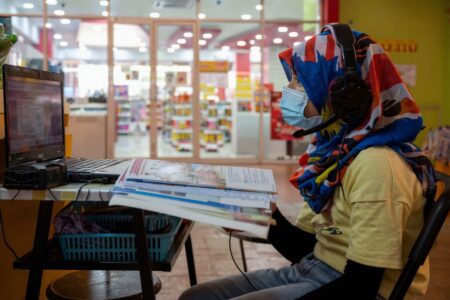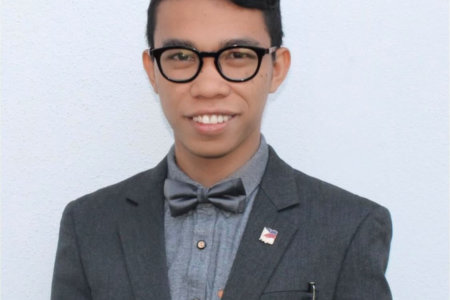
The extent of how the pandemic has upended students’ lives are manifold, but some bear the brunt more than others. Disabled students have faced unique challenges to their academic journey throughout the pandemic, facing multi-layered structural barriers exacerbated by a global public health crisis.
While many students have bemoaned the failures of remote learning, students with disabilities are finding accommodations in ways they’ve never had access to before. “It’s helped me realise, like, ‘Wait, why can’t I get these accommodations all the time?’” Daniel Goldberg, a student at Arizona State University, was quoted saying to the New York Times. For many universities in the West, the decision to kick off the Spring term remotely has ignited the debate between the merits of virtual and on-campus learning once more.
Yet the voices of university students, staff, and faculty members who are disabled are notably excluded from campus policymaking and COVID-19 response, despite being some of the most vulnerable groups who are at risk of contracting severe symptoms of COVID-19. This raises a critical question of accessibility and learning to the fore: what does an inclusive education look like as we navigate its future in the post-pandemic world?
We need to do everything to be sure that disabled people are policymakers, decision-makers, teachers, healthcare professionals – so our rights & access to education, jobs, and healthcare are protected. #MyDisabledLifeIsWorthy @DisabledStem @DisabledDoctor @DisabledAcadem https://t.co/AAE9oVlFBs
— Vivian G. Cheung, MD (@Vivian_Cheung2) January 11, 2022
Is “reasonable accommodation” for disabled students honoured in higher education?
Online learning isn’t a panacea for systemic barriers that disabled students have been facing for years, but the ability to participate in discussions without physical presence can be helpful for those who find trekking to class onerous.
“Some students with disabilities find the online off-campus set-up better for them as they can focus on their academic work much better and cut out the travel and preparation time needed to get to and from campus,” Marcia Lyner-Cleophas, head of the Disability Unit at the Centre for Student Counselling and Development at Stellenbosch University in South Africa, was reported saying.
People with disabilities are more likely to experience health comorbidities, which places them in the high-risk category that should be deserving of greater care and consideration under campus health and disability services. The reality, though, is quite often the opposite.
“During my time as a graduate student in the Engineering for Professionals (EP) programme, I’ve had nine Hopkins professors. Only two have provided the disability accommodations the university promised,” writes Laurel Maury, a graduate student at Johns Hopkins University. Recently, the university came under fire on Twitter after four disabled students were dismissed from the graduate programme, despite having sufficient grounds for accommodation.
Read the stories of 4 disabled students kicked out of a Hopkins grad program, all within 7 months of each other. We now know of a 5th student kicked out during the same time. This has to stop!#WeAreHopkinsToo#DisabilityTwitter #Ableism @WeWantJustus https://t.co/xZTHsf3qvE
— Katie Anderson (@KAsNotebook) January 12, 2022
More often than not, “reasonable accommodations” are arbitrary in nature, and do not necessarily correspond with a disabled student’s needs. The emergence of mass online learning out of necessity at the onset of the pandemic is a stark reminder of how we’ve failed those who needed flexibility the most.
“At some point, nondisabled people had decided that such things were unimaginable,” Aimi Hamraie, a disabled scholar at Vanderbilt University, was quoted saying. “And then overnight they became imaginable by necessity.”
I wish universities remembered that disabled students, faculty, and staff are part of their communities.
— Dr. Jessie Male (@ProfJMale) January 13, 2022
Of course, virtual learning comes with its drawbacks for disabled students too. Problems like poor connectivity, the lack of close captioning and transcriptions, subpar assistive technologies, as well as attention and memory issues exacerbate the day-to-day struggles that they face amid a public health risk.
A study done by the Disabled Students’ Commission (DSC) in the UK concluded that a majority of students support the move towards blended learning, and was positive about pre-recorded lectures as long as they are in an accessible format. “In time the higher education sector will need to examine what exactly it means when it talks about being ‘fully accessible’ or ‘inclusive’ for disabled students,” writes Leeds Trinity University’s dyslexia and disability coordinator, Stephen Campbell. “It will also need to consider its own assumptions regarding the relationship between teaching strategies, learning activities, students’ independent learning and assessment.”
For starters, higher education can begin by genuinely listening to its disabled community. If a university is serious about advancing campus equity, it should also take into account the experiences of those who can’t be physically present on its grounds.










